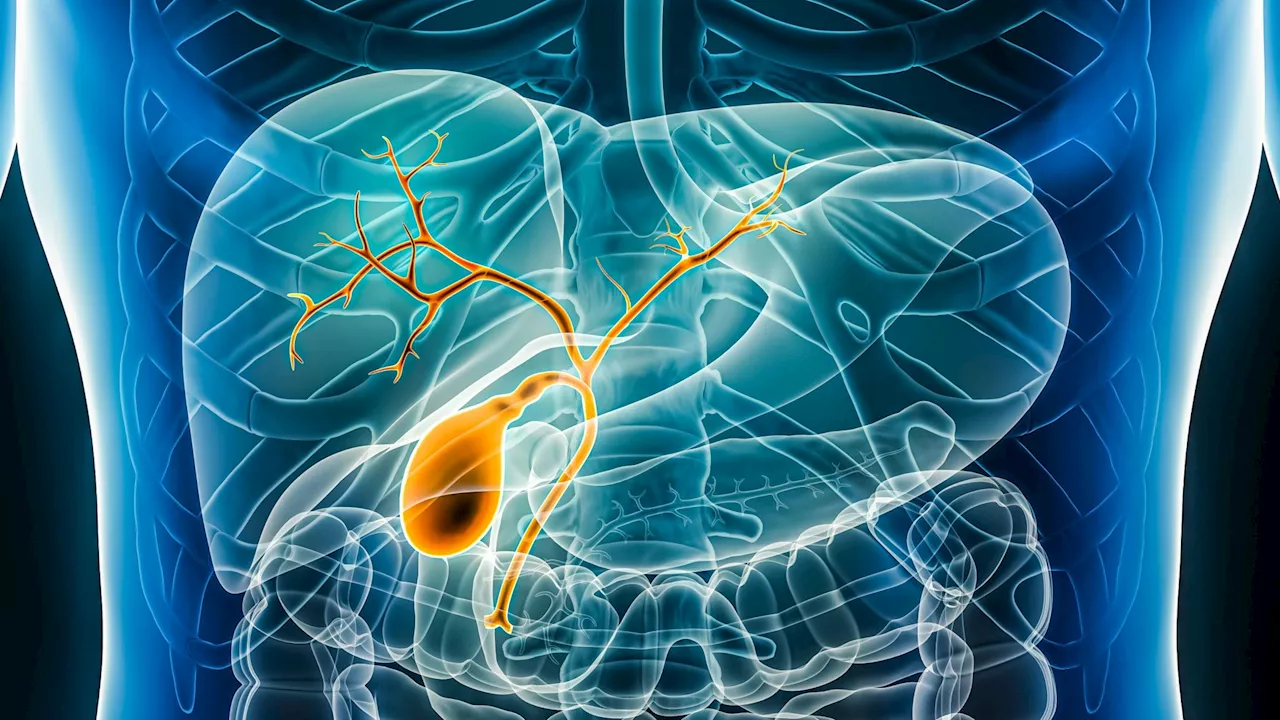The industry's push towards AI dominance threatens to erode high-precision computing, jeopardizing scientific progress and critical applications like weather modeling and drug discovery.
As the technology industry embraces the power of artificial intelligence (AI), a significant divide is emerging that jeopardizes scientific progress and crucial humanitarian efforts like disaster response. This schism centers around the diminishing emphasis on high-precision computing , a cornerstone of scientific advancements.Take, for instance, weather modeling , a critical application that relies on maintaining accuracy across billions of calculations.
These simulations predict hurricanes, wildfires, and other natural disasters, and even a minor rounding error, amplified across millions of data points, can have disastrous consequences. Misplacing a storm's eye or misjudging a fire's direction could mean the difference between timely evacuation and catastrophic loss of life.While the industry's focus on AI has spurred rapid progress in that field, it has inadvertently led to the erosion of high-precision computing, which is essential for scientific breakthroughs in diverse fields like climate modeling, aerospace engineering, and pharmaceutical research. As scientific disciplines grapple with the increasing pressure to choose between performance and precision, the ramifications range from wasted resources to potential loss of life.High-performance computing (HPC) is the bedrock of global research and innovation, enabling scientists to make groundbreaking discoveries in molecular interactions, optimize clean energy solutions, and forecast extreme weather events. Its impact extends far beyond the laboratory, directly influencing our ability to protect communities, drive innovation, and sustain economic growth. In scientific computing, double-precision floating-point arithmetic (FP64) employs 64 bits of data to represent numbers, providing up to 16 decimal places of accuracy. This level of precision is paramount for scientific applications where slight errors can compound dramatically.Weather modeling, for example, involves millions of variables interacting across countless time steps. These calculations demand FP64 accuracy because errors propagate exponentially. Unlike AI, where a rounding error might result in an out-of-context sentence, imprecise weather calculations can lead to the omission of critical patterns, jeopardizing emergency response and potentially costing lives.In pharmaceutical research, precision is the lifeblood of innovation. Molecular dynamics simulations require extraordinary accuracy to model protein folding and drug binding to receptors. A single computational error could cause researchers to overlook promising drug candidates or squander millions on compounds that ultimately fail in clinical trials.Aerospace and automotive engineering rely on computational fluid dynamics (CFD) simulations to validate designs through rigorous modeling of aerodynamics and structural integrity. These simulations necessitate double-precision calculations to capture the intricacies of turbulent flows. Reduced precision can lead to unstable simulations, producing inaccurate models and potentially catastrophic failures.The significance of this conversation is not lost on leaders in scientific computing. Oak Ridge National Laboratory (ORNL) has demonstrated that while mixed precision techniques can offer performance gains in certain scenarios, they fall short for workloads requiring the precision that only FP64 calculations can provide. ORNL's research emphasizes the value of FP64's stability and reproducibility for applications demanding high precision and accuracy.However, despite the continued need for high-precision formats, AI accelerators are dominating hardware roadmaps across the industry. Chip manufacturers are prioritizing AI-first architectures at the expense of traditional scientific computing needs. This shift represents a fundamental realignment of the computing landscape with far-reaching consequences.Just as scientific organizations are finding innovative ways to combine AI and HPC approaches in their research, hardware development is inadvertently forcing an artificial separation between these complementary methodologies. This divergence threatens to limit the potential of both scientific computing and AI by restricting their collaborative possibilities.This trend is particularly evident in the latest GPU architectures, where the performance gap between different precision formats continues to widen with each generation. This growing gap underscores the need for a renewed focus on high-precision computing to ensure the continued advancement of scientific research
AI High-Precision Computing Scientific Computing Weather Modeling Drug Discovery Hardware Gpus
United Kingdom Latest News, United Kingdom Headlines
Similar News:You can also read news stories similar to this one that we have collected from other news sources.
 High-Precision Radiation Therapy Safe for Treating Cancer Spread to Multiple Body SitesA new Phase I clinical trial from London Health Sciences Centre Research Institute (LHSCRI) has found that high-precision radiation therapy, called stereotactic ablative radiotherapy (SABR), is safe for use in patients with cancer that has spread to more than 10 body sites. Published in the International Journal of Radiation Oncology, Biology, Physics, the ARREST trial explores the potential of SABR for patients with limited treatment options.
High-Precision Radiation Therapy Safe for Treating Cancer Spread to Multiple Body SitesA new Phase I clinical trial from London Health Sciences Centre Research Institute (LHSCRI) has found that high-precision radiation therapy, called stereotactic ablative radiotherapy (SABR), is safe for use in patients with cancer that has spread to more than 10 body sites. Published in the International Journal of Radiation Oncology, Biology, Physics, the ARREST trial explores the potential of SABR for patients with limited treatment options.
Read more »
 Multi-Photon Bionic Skin Realizes High-Precision Haptic Visualization for Reconstructive PerceptionA new publication in Opto-Electronic Advances explores the potential of multi-photon bionic skin for high-precision haptic visualization. Inspired by the complex tactile perception mechanism of human skin, researchers developed Optical Microfiber Array Skin (OMAS) that mimics the function of human fingertip tactile receptors. OMAS utilizes a four-way longitudinal and transverse micro-nanostructure to simulate multi-tactile receptors and their synergistic effect. Integrated with an intelligent signal processing module, OMAS uses machine learning algorithms to process tactile signals, enabling the reconstruction of object features like shape, hardness, and texture. Experiments demonstrate OMAS's ability to accurately recognize the softness, hardness, shape, material, and surface texture of objects, paving the way for applications in smart wearables, robotic tactile sensing, and virtual reality.
Multi-Photon Bionic Skin Realizes High-Precision Haptic Visualization for Reconstructive PerceptionA new publication in Opto-Electronic Advances explores the potential of multi-photon bionic skin for high-precision haptic visualization. Inspired by the complex tactile perception mechanism of human skin, researchers developed Optical Microfiber Array Skin (OMAS) that mimics the function of human fingertip tactile receptors. OMAS utilizes a four-way longitudinal and transverse micro-nanostructure to simulate multi-tactile receptors and their synergistic effect. Integrated with an intelligent signal processing module, OMAS uses machine learning algorithms to process tactile signals, enabling the reconstruction of object features like shape, hardness, and texture. Experiments demonstrate OMAS's ability to accurately recognize the softness, hardness, shape, material, and surface texture of objects, paving the way for applications in smart wearables, robotic tactile sensing, and virtual reality.
Read more »
 Precision Medicine Offers Hope for Bile Duct Cancer PatientsA groundbreaking study in the UK is matching patients' tumors to specific anti-cancer therapies, showing promise for extending life and even achieving remission in some cases.
Precision Medicine Offers Hope for Bile Duct Cancer PatientsA groundbreaking study in the UK is matching patients' tumors to specific anti-cancer therapies, showing promise for extending life and even achieving remission in some cases.
Read more »
 University of Nebraska-Lincoln Researchers Launch Startup Targeting Precision Therapeutics DeliveryMinovacca, a new startup company founded by researchers at the University of Nebraska-Lincoln, aims to revolutionize therapeutic delivery using natural nanoparticles found in milk. The technology utilizes bioorthogonal chemistry to precisely target therapeutics, gene editing tools, and plasmids to specific locations in the human body, minimizing off-target effects and enhancing treatment efficacy.
University of Nebraska-Lincoln Researchers Launch Startup Targeting Precision Therapeutics DeliveryMinovacca, a new startup company founded by researchers at the University of Nebraska-Lincoln, aims to revolutionize therapeutic delivery using natural nanoparticles found in milk. The technology utilizes bioorthogonal chemistry to precisely target therapeutics, gene editing tools, and plasmids to specific locations in the human body, minimizing off-target effects and enhancing treatment efficacy.
Read more »
 Precision Medicine Trial Aims to Improve Survival Rates for Bile Duct Cancer PatientsA new clinical trial, SAFIR-ABC10, sponsored by UCL and UCLH, is using genetic profiling to tailor anti-cancer therapies for patients with bile duct cancer.
Precision Medicine Trial Aims to Improve Survival Rates for Bile Duct Cancer PatientsA new clinical trial, SAFIR-ABC10, sponsored by UCL and UCLH, is using genetic profiling to tailor anti-cancer therapies for patients with bile duct cancer.
Read more »
 New Insights into Pancreatic Cancer Immunotherapy: Targeting Immune Cells for Precision TreatmentA groundbreaking study published in Nature Communications reveals distinct immune environments within pancreatic cancer tumors, offering potential for new therapeutic strategies. The research highlights the role of specific immune cells and identifies potential targets for personalized immunotherapy.
New Insights into Pancreatic Cancer Immunotherapy: Targeting Immune Cells for Precision TreatmentA groundbreaking study published in Nature Communications reveals distinct immune environments within pancreatic cancer tumors, offering potential for new therapeutic strategies. The research highlights the role of specific immune cells and identifies potential targets for personalized immunotherapy.
Read more »
